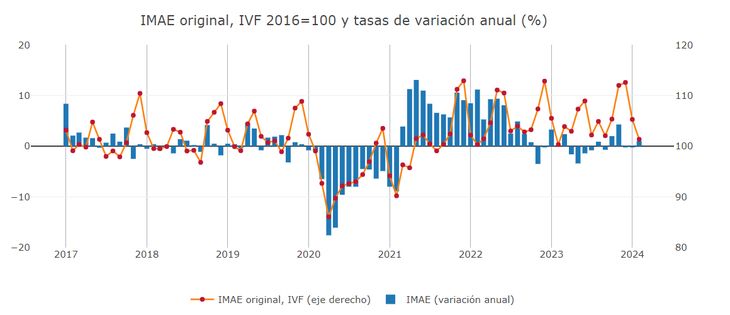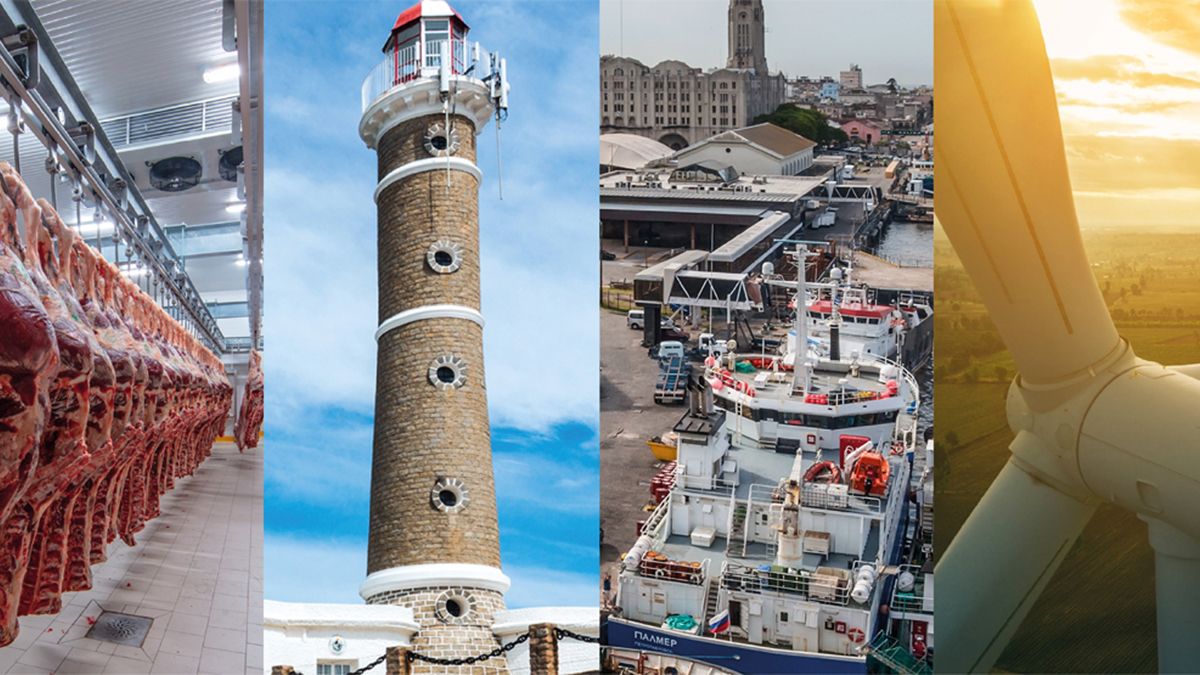The IMAE of the Central Bank of Uruguay fell in February after experiencing a variation of 0.8% at the beginning of the year.
The economic activity fell a seasonally adjusted 0.1% in February and remains stable, despite the fact that this latest data means a decline from the 0.8% recovery experienced at the beginning of the year, according to data from the Central Bank of Uruguay (BCU).
The content you want to access is exclusive to subscribers.
He Monthly Indicator of Economic Activity (IMAE) marked a drop of 0.1% seasonally adjusted, but a 1.0% increase in the year-on-year rate compared to February of last year. In turn, the cycle trend was 0.1% during the same month.


The Uruguayan economist Aldo Lema pointed out through his X account (formerly Twitter) that the new data shows that “the economic activity in Uruguay remained practically stable at its January level.
IMAE.jpg

Graphic: BCU
Economic activity has a growth horizon
He Ceres Leader Index (ILC) prepared by the Center for Studies of Economic and Social Reality (Ceres) grew by 0.3% in March, marking its sixth consecutive increase and reaffirming the expansion of the Uruguayan economy.
Also, the Diffusion Index (ID) also accompanied this positive behavior: the data that shows the proportion of the index components that grew in the month was 63%; That is, more than half of the variables that make up the ILC had improvements compared to the previous measurement, in February.
“This year there is no drought, the price gap with Argentina was significantly reduced and the plant La Teja refinery plans to return to activity soon, so a rebound in activity is expected,” they said from Ceres.
On the other hand, the World Bank (WB) waits for him Uruguay grow by 3.2% this year, and to do so by 2.6% in 2025 and also in 2026. The country’s growth last year was only 0.4%, mainly due to the historical drought that devastated the agricultural sector.
Source: Ambito




